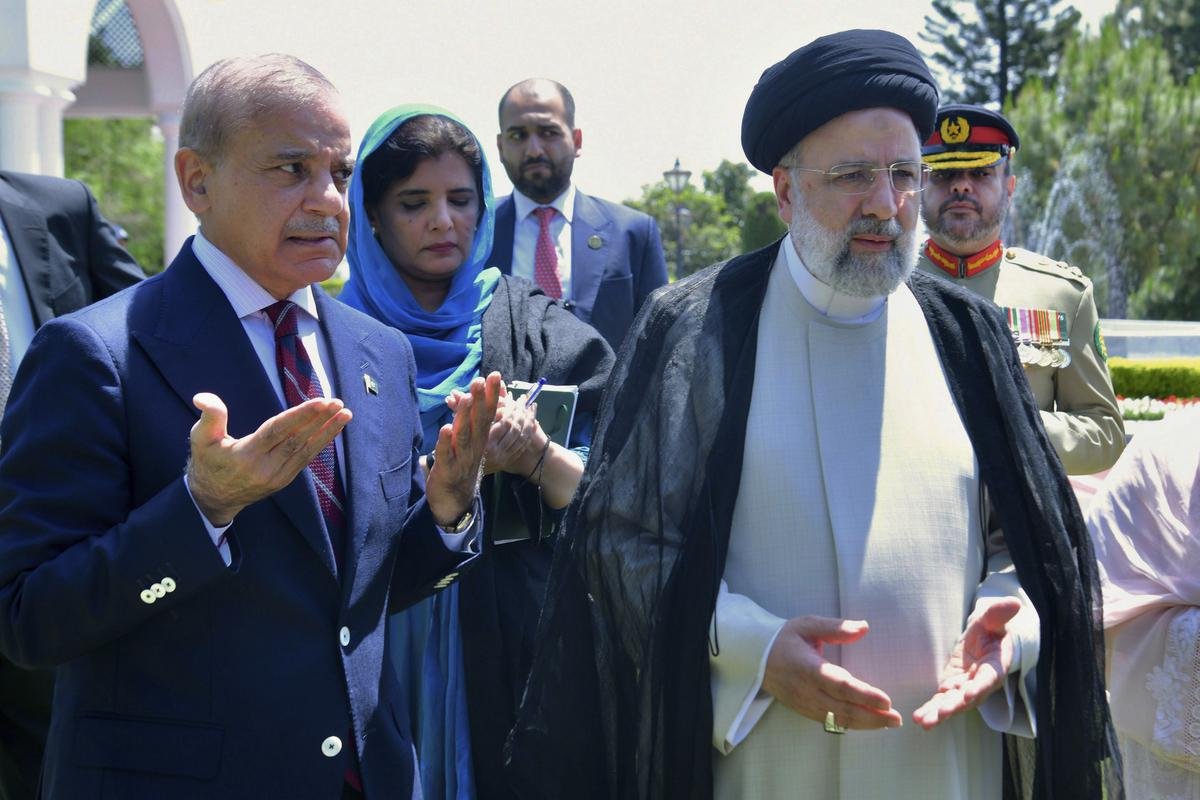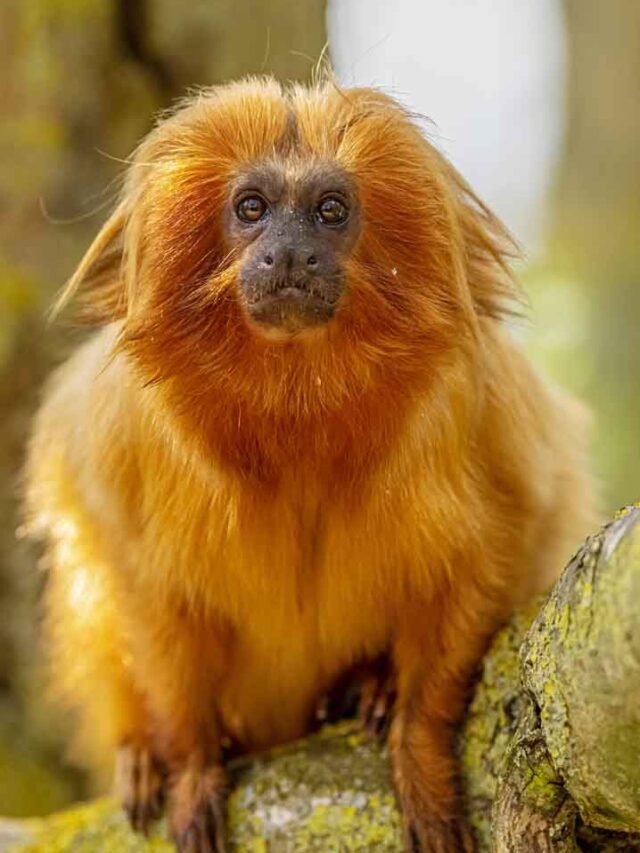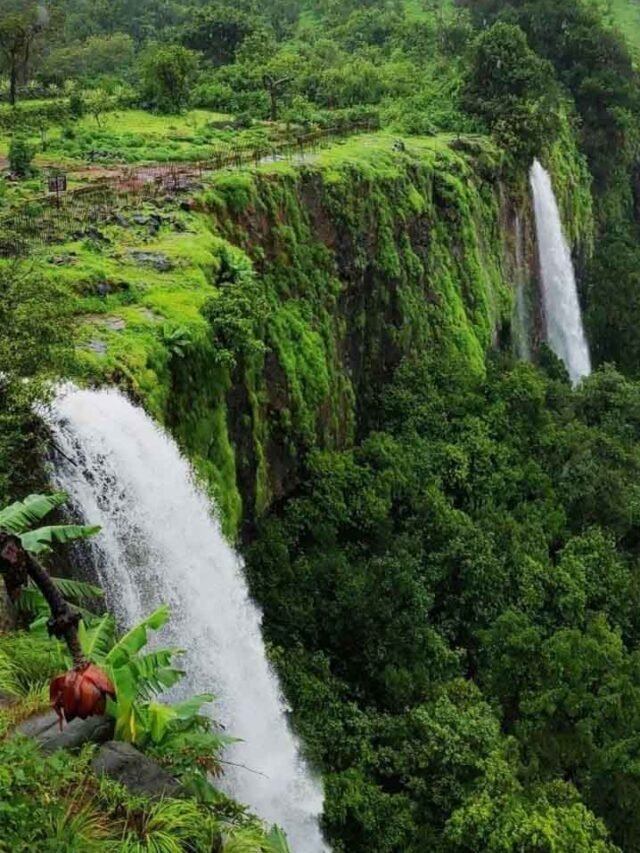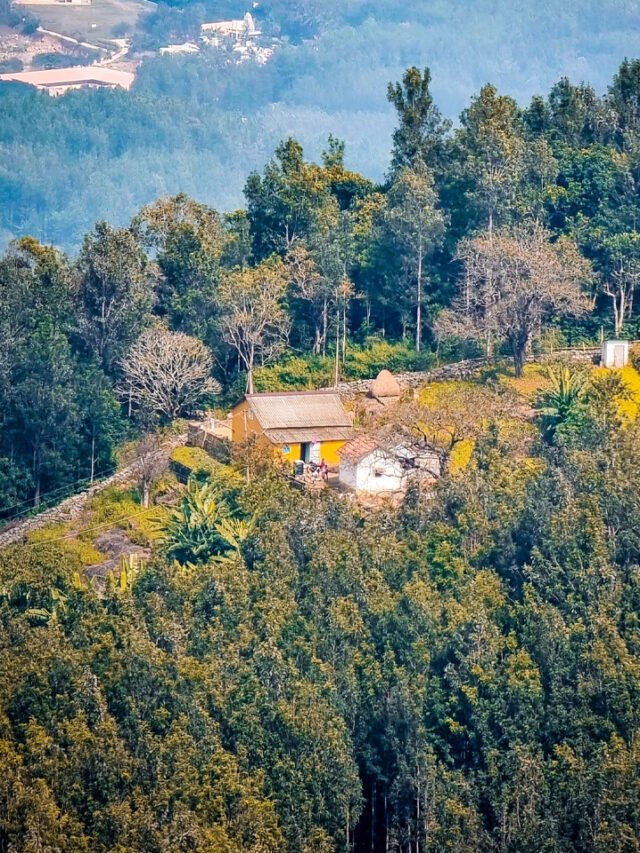COLOMBO, April 22: The US Navy, the US Marine Corps, and the Sri Lankan Navy will conduct a bilateral maritime joint exercise from Monday, including anti-terrorism manoeuvres, the American mission here said.
The joint exercise called the Cooperation Afloat Readiness and Training (CARAT) gets underway two days before the proposed visit of Iran President Ebrahim Raisi to the island nation to inaugurate an Iranian-funded hydropower project.
However, the confirmation of the visit, happening in the current backdrop of Israeli-Iranian tensions, is yet to be announced by the Sri Lankan authorities.
“CARAT Sri Lanka will feature the expertise of the US Fleet Anti-Terrorism Security Team (FAST), a US Marine Corps unit specialised in security and anti-terrorism for naval assets, engaging alongside their Sri Lanka Navy Marine counterparts on a full spectrum of naval capabilities,” according to an official press release.
“The CARAT Sri Lanka bilateral maritime exercise underscores the strong partnership and shared commitment of the United States and Sri Lanka to maintain a free and open Indo-Pacific,” the release added.
“Taking part in exercises of this nature enables the Sri Lanka Navy to gain confidence, experience and operational training by working alongside an experienced and well-equipped navy like the US Navy,” the Commander of the Sri Lanka Navy, Vice Admiral Priyantha Perera, said in the release.
“This can be particularly valuable in situations where the Sri Lanka Navy is required to engage with multiple array of navies for combined operations in the establishment of freedom of navigation and rules-based order in the ocean region, as well as responding to traditional and nontraditional threats in the maritime domain,” he added.
During his visit to Colombo, Iranian president Raisi will officially inaugurate the Uma Oya Multipurpose Project, featuring two dams and a 120-megawatt power plant constructed by Iranian contractors for USD 500 million, in the central hill region.
The project is set to improve irrigation of 5,000 acres of agricultural land, transferring 145 million cubic metres of water and generating 290 GW/h of power in a year. (PTI)












